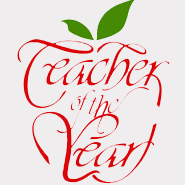
When he was 21 and 22 years old, a young major in the British forces was tasked with leading a small contingent of men. Major George Washington set out to learn more about French forts, gather what information he could about them, and along the way make nice with the Indians. He did just that, but it wasn't as easy as it sounds.
It seems that Washington was an impatient leader, always raring to go and assuming everyone else felt the same way. It was a frustration that he would have to identify and learn to deal with. While others would wait for a ferry, Washington's impulsive nature put him to swimming with his horse through icy rivers to cross to an opposing bank. Rather than stop for food and shelter, Washington's drive made him risk hypothermia for himself and his team by hiking further and further through debilitating snow.
At that point, through the winter of 1753/4, in George Washington's early military career, one might think that George was more than slightly reckless in his leadership abilities. There are fascinating points to learn in the development of his character, points my students and I need to understand:
- Learning how to be a leader is fraught with mistakes and the opportunities to learn.
- Leaders are developed and not born.
- Sometimes a leader has to slow down to bring others along.
- Taking risks can bring reward.
- Sleeping in a foot of snow is not always preferred to lodging indoors.
| As I prepared to post this little reflection, this graphic came across my Twitter feed. It reminded me of all that is involved in the development of a leader. As we stand in awe of those who are tops in their arts, skills, and abilities, we must recognize they are in their positions due to hard word and dedication. George Washington once wrote in a letter to Benedict Arnold, "Every post in honorable in which a man can serve his country." That Washington was dedicated to succeeding in his endeavors can hardly ever be questioned. He built upon his experiences and his mistakes - which is exactly why he is a role model for fourth graders, today. | |







































